Ever feel like your feet are slipping off holds, no matter how hard you try? You might think the problem is a lack of strength, but climbing is all about footwork—and that starts with understanding how to use your climbing shoes correctly.
Unlike regular sneakers, climbing shoes are designed to maximize contact with footholds, allowing you to stand on small edges, smear on volumes, and move with confidence. But many newer climbers develop habits that make climbing harder than it needs to be.
This guide will help you use your climbing shoes effectively, refine your footwork, and choose the right pair for your climbing goals.
Climbing Shoes: The Key to Better Footwork
While it’s possible to climb in regular sneakers, modern climbing shoes have revolutionized the sport by enhancing grip and precision. They provide two major advantages:
Sticky Rubber – Specialized rubber allows climbers to grip small footholds securely.
Precision Fit – Climbing shoes conform to the foot, creating natural balance points for better control and weight distribution.
Every climbing shoe has three primary balance points:
Inside edge – The most commonly used part of the shoe, located near the base of the big toe.
Outside edge – Found near the base of the pinky toe, often used for specific techniques.
Toe – The pointed front of the shoe, great for fitting into pockets or specialized foot placements.
To climb efficiently, mastering foot placement is key. Here’s how to get the best performance from your climbing shoes.
How to Use Your Climbing Shoes for Maximum Performance
Stand on the Inside Edge – The inside edge (near the base of the big toe) is your strongest, most stable weight-bearing point. Use it as your primary contact point on footholds for better control and balance.
Avoid Standing on the Ball of Your Foot – Placing weight on the ball or instep reduces stability and makes it harder to pivot or adjust. Instead, focus on inside-edge placement to maintain precision.
Use the Outside Edge When Needed – The outside edge (near your pinky toe) is helpful for specific moves like backsteps and drop-knees, but it’s less stable than the inside edge. Use it strategically, not as a default.
Trust Your Big Toe – Climbing shoes are designed to concentrate power into the toe box, allowing you to stand on small holds with confidence. Engage your toes and trust that your shoes will support your weight.
Stay Light on Your Feet – Avoid stomping or pressing too hard into footholds. Light, deliberate foot placements save energy and help you move more efficiently.
Footwork Adjustments to Improve Your Climbing
Many new climbers struggle with footwork because they don’t trust their shoes or use them inefficiently. Here are two common habits that can hold you back—and how to fix them.
1. Relying on the Ball of the Foot or Instep
Some climbers shy away from using the inside edge because standing on a small point feels unstable at first. Instead, they place their weight on the ball of the foot (where toes connect) or even the instep. This leads to several problems:
Creates Instability – The ball of the foot or instep is a poor balance point, especially on small footholds. If your foot shifts even slightly, it’s easy to slip off, forcing you to overuse your arms and fatigue faster.
Limits Mobility – If you rely on the ball of your foot, you restrict your movement options. It becomes harder to rotate your body efficiently, leading to awkward positions that make reaching the next hold more difficult.
Lack of Trust in Your Shoes – Many climbers worry that their big toe isn’t strong enough to support their weight. However, climbing shoes distribute weight across the entire foot, making small footholds more reliable than they seem.
Fix the habit: Train yourself to trust your shoes by using the inside edge as your default foot placement.
2. Overusing the Outside Edge
The outside edge is useful for specific techniques like twist-locks, backsteps, and drop-knees, but relying on it too often can create inefficiencies.
Throws Off Your Balance – In vertical and slab climbing, keeping your hips close to the wall is key for good technique. Standing on the outside edge can cause one hip to rotate away from the wall, shifting your center of gravity and making it harder to stay balanced.
Leads to Overusing Your Arms – When your center of gravity is too far from the wall, you’ll have to pull harder with your arms, leading to unnecessary strain and fatigue.
Fix the habit: Stick to the inside edge for balance and save the outside edge for specific moves when necessary.
Choosing the Right Climbing Shoe for Your Needs
Not all climbing shoes are the same! Depending on your experience level and the type of climbing you’re doing, different shoes will provide better performance. (Check out these reputable brands: Scarpa, La Sportiva, Evolv, and Five Ten to name a few.)
Shoe Profiles
Neutral (All-Day Comfort) – Best for beginners, crack climbing, and long sessions. Flat profile, comfortable fit.
Moderate (All-Around Performance) – Slightly downturned for better power transfer. Good for vertical and overhanging climbs.
Aggressive (Performance-Oriented) – Sharply downturned, focusing power on the big toe. Ideal for steep overhangs and tiny footholds.
Shoe Flexibility & Sensitivity
Stiff Shoes – Provide more support, great for beginners and crack climbers.
Moderate Flexibility – A balance between support and sensitivity.
Soft Shoes – Offer maximum sensitivity for feeling footholds, but wear out faster.
Closure Systems: Velcro, Laces, or Slip-Ons?
Velcro – Quick on/off, popular for gym and sport climbing.
Lace-Up – Most adjustable for a precise fit, great for all-day climbing.
Slip-On – Super lightweight but less secure, best for bouldering or crack climbing.
How to Develop Better Footwork from the Start
Now that you understand foot placement and shoe selection, here’s how to train your footwork for maximum efficiency:
Look at Your Feet Before You Step – Many climbers focus too much on their hands and forget about their feet. Watch your foot placement before shifting weight.
Use Quiet Feet – Try placing your feet softly and precisely. If your foot lands loudly, you’re being too rough with your movement.
Practice Smearing – On walls without footholds, press your shoe flat against the wall and use friction to stay balanced (especially on slabs).
Stay on the Inside Edge – Unless a technique requires otherwise, default to standing on the inside edge for better balance and control.
Final Thoughts: The Foundation of Good Climbing is Footwork
Mastering efficient footwork is one of the fastest ways to improve your climbing. By avoiding common habits—standing on the ball of the foot or overusing the outside edge—you’ll climb with better balance, require less upper-body strength, and move more efficiently.
Summary: Key Takeaways
Use the inside edge for stability and balance.
Trust your big toe—your climbing shoe is designed to support your weight.
Avoid standing on the ball/instep for better control.
Use the outside edge sparingly for specific techniques.
Choose the right shoe profile based on your climbing style.
By following these principles, you’ll climb smarter, not harder—and progress faster in your climbing journey!



